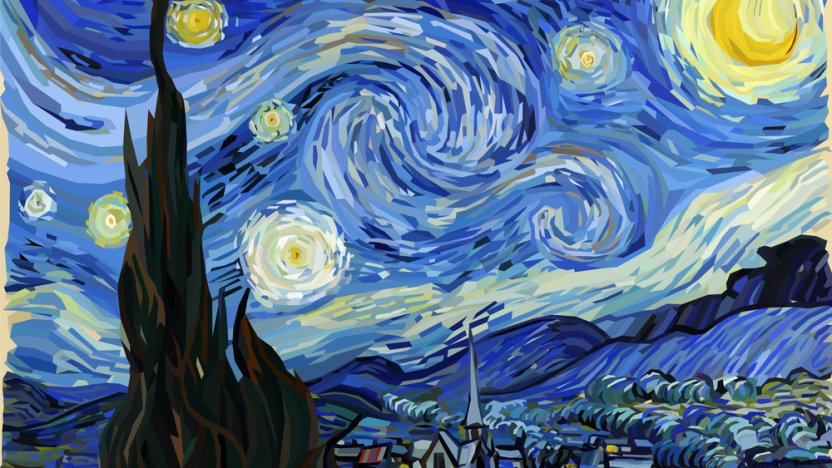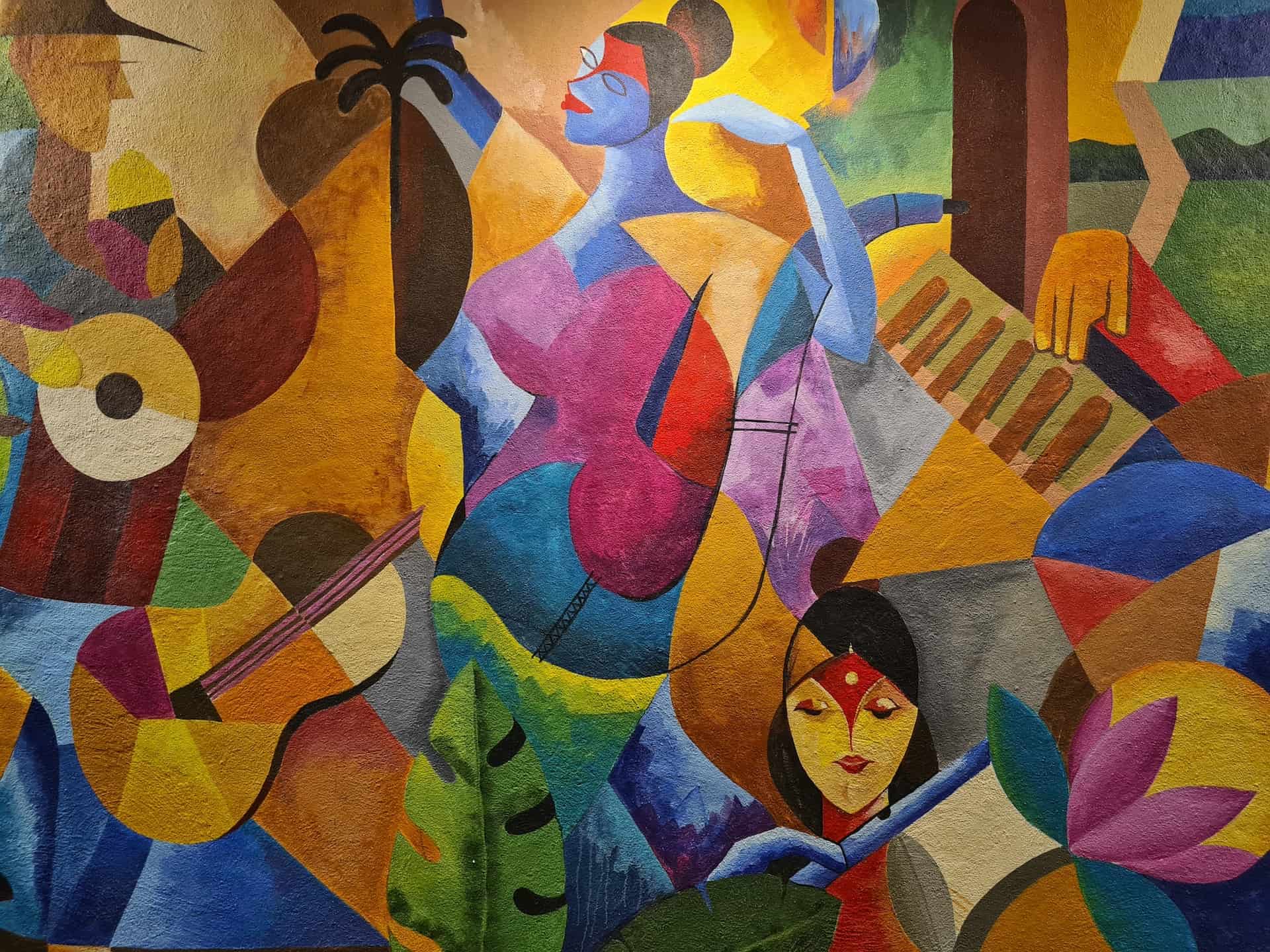The Advancement of Trump Art: From Very Early Reviews to Contemporary Perspectives
The Advancement of Trump Art: From Very Early Reviews to Contemporary Perspectives
Blog Article
Getting Started on an Aesthetic Journey Via the Lyrical Interpretations of Nature in Impressionist Landscapes
Each brushstroke, each play of light and darkness, and each color option in their jobs speaks volumes concerning the musicians' deep link to nature and their ability to translate its charm onto the canvas. As we check out the lyrical analyses of nature in Stylist landscapes, we are invited to submerse ourselves in a world where fact and emotion link, using a look into the musicians' profound appreciation for the natural globe.
The Captivating Brushstrokes of Claude Monet
Claude Monet's proficiency of brushstrokes transcends simple technique, imbuing his landscapes with a spiritual high quality that mesmerizes and astounds customers - trump art. His innovative usage of shade and light, combined with his distinctive brushwork, creates a feeling of motion and life within his paints. Monet's prominent series of jobs illustrating water lilies and his legendary haystacks showcase his ability to record the short lived impacts of light and atmosphere

Taking On Light and Shadow With Camille Pissarro
Embodying a similar reverence for the interplay of light and shadow, Camille Pissarro's creative vision unravels as an unified expedition of the natural world's luminescent subtleties. Pissarro, an essential figure in the Impressionist activity, masterfully captured the dynamic relationship in between light and shadow in his landscapes. His experienced use color and brushwork allowed him to share the refined shifts in light that specify different times of day and seasons.
Pissarro's paints often feature dappled sunshine filtering system with leaves, casting complex patterns of light and darkness on the earth below. In jobs such as "Hoar Frost, the Impact of Snow, Pontoise," Pissarro skillfully portrays the crisp brightness of winter season sunlight compared with the awesome shadows that define the snowy landscape. By embracing both light and darkness in his structures, Pissarro welcomes viewers to submerse themselves in the all-natural charm and transient impacts of light worldwide around them.

With Pissarro's works, we are advised of the transformative power of light and darkness, inviting us to pause and value the fleeting minutes of charm present in the daily landscapes that surround us.
A Harmony of Color Styles by Edgar Degas
Edgar Degas orchestrates a vibrant symphony of shades in his skillful artworks, infusing his make-ups with a vibrant interplay of tones that astound the audience's stare. Recognized largely for his ballet professional dancers and intimate scenes of Parisian life, Degas expertly manipulated shades to my site share mood and movement in his paintings. trump art. His usage of bold, contrasting colors and refined tonal variants developed a feeling of depth and vibrancy within his jobs
Degas' color combination usually included rich blues, deep greens, and cozy oranges, which he used with certain brushstrokes to record the essence of his topics. Whether portraying a ballerina mid-performance or a group of pals speaking at a cafe, Degas' shades not only portrayed the scene but likewise evoked a sense of feeling and energy.
Additionally, Degas' trial and error with light and darkness included an additional layer of complexity to his color compositions, boosting the total atmosphere of his paints (trump art). With his competent control of shade, Degas produced a visual harmony that remains to reverberate with audiences today
Discovering Nature's Tranquility With Berthe Morisot
Berthe Morisot's imaginative vision uses a serene separation from the lively color symphonies of Edgar Degas, as she catches the peace of nature in her expressive landscapes. Recognized for her delicate brushwork and intimate representations of daily life, Morisot's landscapes emanate a sense of tranquility and consistency.
Morisot's paints frequently include soft, muted tones that communicate a sense of peace and calmness. Her works, such as "The Cradle" and "Summertime's Day," showcase her ability to record the subtle appeal of nature in a method that is both reflective and comforting to the viewer.
Unlike several of her Impressionist equivalents who concentrated on vibrant structures and bold colors, Morisot liked to develop gentle, reflective scenes that invite the viewer to stop and show. Through her skillful use of light and shadow, Morisot produces a feeling of tranquility that reverberates with the audience on a deep emotional degree.
The Emotional Landscapes of Vincent Van Gogh
Vincent Van Gogh's landscapes vividly communicate a depth of emotion via their vibrant brushwork and expressive usage of shade. The Dutch post-impressionist musician is renowned for his capacity to catch raw and intense feelings in his paintings, transcending traditional representations of nature. Van Gogh's troubled personal life, noted by mental health and wellness battles, greatly influenced his art, instilling his landscapes with a sense of unease, melancholy, or exuberance.
In works such as "Starry Evening" and "Wheatfield with Crows," Van Gogh's swirling brushstrokes and lively color options evoke an extensive emotional feedback from customers. The learn the facts here now unstable skies and upset landscapes in his paints mirror his internal chaos and psychological turbulence, welcoming customers to look into the complexities of his psyche.
Van Gogh's distinct aesthetic language, defined by overstated perspectives and strong use color, produces landscapes that reverberate with audiences on a deeply emotional degree. With his art, Van Gogh invites us to see nature not equally as an external fact however as a mirror of our innermost sensations and emotions.
Conclusion
Finally, the impressionist landscapes of musicians such as Claude Monet, Camille Pissarro, Edgar Degas, Berthe Morisot, and Vincent Van Gogh provide a one-of-a-kind and exciting aesthetic analysis of nature. Through their use of brushstrokes, emotion, light, and shade, these artists have created a symphony of images that stimulate a sense of serenity and charm in the environment. Their jobs remain to motivate and captivate customers with their lyrical interpretations of the landscapes around us.
Each brushstroke, each play of light and shadow, and each color option in their jobs talks quantities about the artists' deep connection to nature and their ability to convert its elegance onto the canvas. His cutting-edge usage of shade and light, combined with his distinct brushwork, develops a feeling of motion and life within his paints. His adept use of shade and brushwork permitted him to share the subtle shifts in light that define various times of day and periods.

Report this page